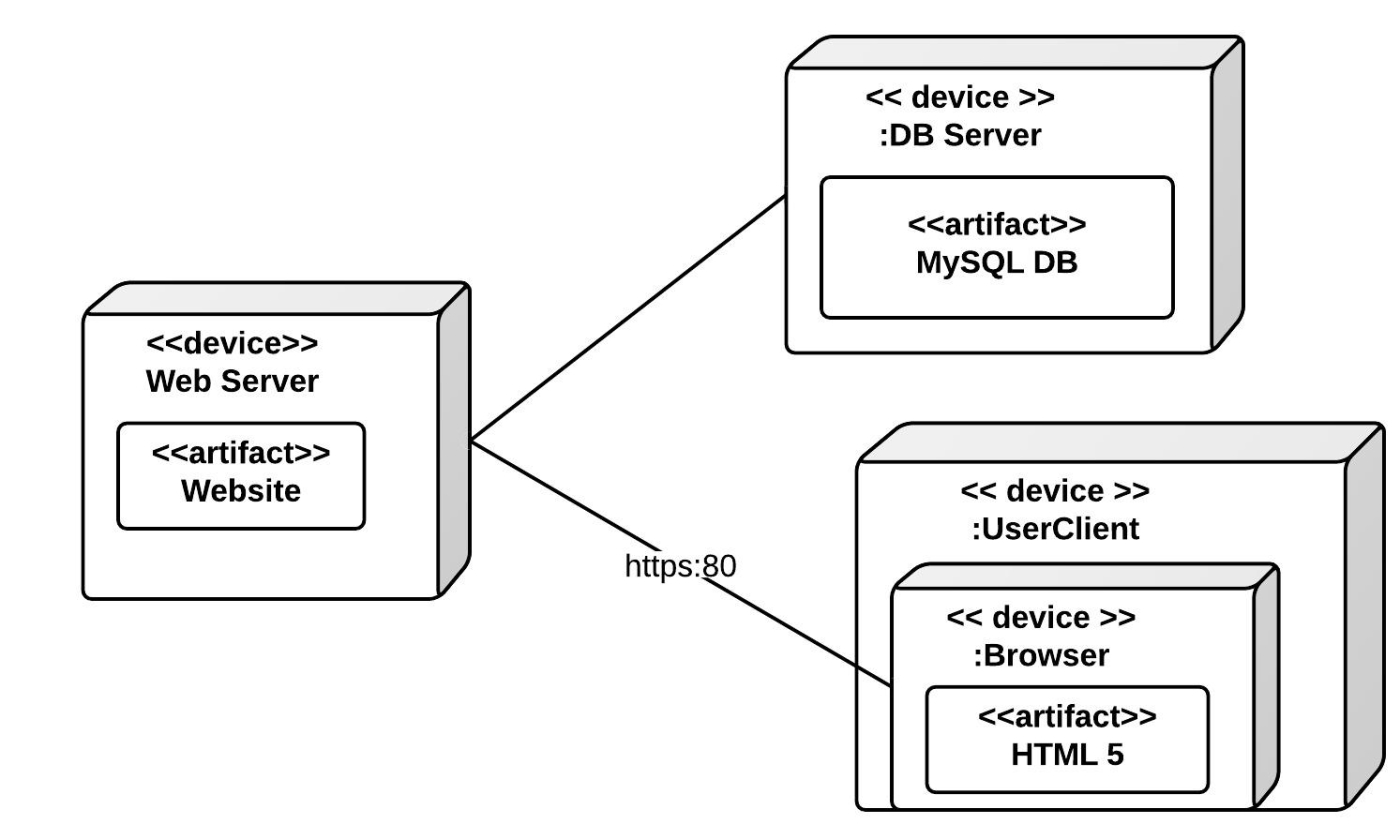Docker Setup

Recently, I’ve been working on the project LANTAI in MARCH STUDIO and tried to deploy my application using Docker, but there are some problems that I’ve encountered. Here are some tips on how to setup Docker.
What is Docker? 🐳
Imagine you build a cool application and want to deploy it in a server. Everthing goes well in your machine, but when you need to deploy it on the server, it’s a disaster! 🚨
Why it can run in my machine but not on the server? 🤔
I believe something like dependency and different environment might be the cause of the problem. And most of the time, it is REALLY ANNOYING!
To avoid this, Docker is a solution to solve the problem. It’s a platform that allows you to build and deploy applications in an isolated environment. It provides a container that contains everything you need to run your application, including the code, dependencies, aconfiguration files, running environment. I think you can say it is a virtual machine that has minimal need to run your application.
For more information, see official website Docker.
How to Install Docker? ⬇️
I mainly focus on the setup on my developing machine (Macbook Air M2) and testing server (Ubuntu 22.04).
Install Docker in Apple Silicon Environment 🍎
Homebrew is a package manager for macOS. Highly recommended. See Homebrew.
First, install Homebrew:
/bin/bash -c "$(curl -fsSL https://raw.githubusercontent.com/Homebrew/install/HEAD/install.sh)"
After this, install Docker:
brew install --cask docker
This command will download and install Docker Desktop for Mac, which includes Docker Engine, Docker CLI client, Docker Compose, Kubernetes, and other components, and provides a convenient graphical interface to manage these services.
If you do not use --cask and try to use brew install docker, Homebrew will only install the Docker command-line client and will not include the full desktop version along with the related GUI management tools. For most users who need a graphical interface to more intuitively operate Docker, installing the full version of Docker Desktop is more suitable.
Then, check if Docker is installed correctly:
docker --version
If the output is something like following, it means the installation is successful.
Docker version 27.2.0, build 3ab4256
Finally, test Docker hello-world:
docker run hello-world
If you get the output like Hello from Docker!, it means the environment is ready.
By the way, before you run the test, make sure you have start the Docker Desktop application. So that the it can connect to the docker daemon.
Install Docker in Linux Ubuntu Environment 🐧
The testing server is Ubuntu 22.04 provided by Alibaba Cloud in Shenzhen. You can get it from Alibaba Cloud. For some reason, the machine in mainland can’t connect to global network. Some tools like apt or pip or docker might not work if we don’t set mirror site for them. But luckily, Alibaba Cloud provides mirror site by default, some tools like apt or pip work as expected. However, some tools like docker maybe need more steps to set up.
Alibaba Cloud provides a very useful tutorial on how to set up the docker environment based on the server they provide. You can get it from docker tutorial. I just copy the key steps as follows:
- Update apt packages
sudo apt update - Install docker dependencies
sudo apt-get -y install ca-certificates curl - Add the GPG key for the official Docker repository to your system
sudo install -m 0755 -d /etc/apt/keyrings sudo curl -fsSL http://mirrors.aliyun.com/docker-ce/linux/ubuntu/gpg -o /etc/apt/keyrings/docker.asc sudo chmod a+r /etc/apt/keyrings/docker.asc - Add the Docker repository to apt sources
echo \ "deb [arch=$(dpkg --print-architecture) signed-by=/etc/apt/keyrings/docker.asc] http://mirrors.aliyun.com/docker-ce/linux/ubuntu \ $(. /etc/os-release && echo "$VERSION_CODENAME") stable" | \ sudo tee /etc/apt/sources.list.d/docker.list > /dev/null - Update apt packages
sudo apt-get update - Install docker
sudo apt-get install -y docker-ce docker-ce-cli containerd.io - Check if Docker is installed correctly
docker --versionIf you get the output like following, it means the installation is successful.
Docker version 27.3.1, build ce12230 - Start docker daemon and set it to start on boot
sudo systemctl start docker sudo systemctl enable dockerIf you get the output like following, it means the environment is ready.
root@iZwz9blngzqalt0mglj3h0Z:~# sudo systemctl status docker ● docker.service - Docker Application Container Engine Loaded: loaded (/usr/lib/systemd/system/docker.service; enabled; preset: enabled) Active: active (running) since Tue 2024-10-15 14:10:25 CST; 24h ago TriggeredBy: ● docker.socket Docs: https://docs.docker.com Main PID: 24668 (dockerd) Tasks: 28 Memory: 60.0M (peak: 219.8M) CPU: 24.369s CGroup: /system.slice/docker.service ├─24668 /usr/bin/dockerd -H fd:// --containerd=/run/containerd/containerd.sock ├─27622 /usr/bin/docker-proxy -proto tcp -host-ip 0.0.0.0 -host-port 8000 -container-ip 172.18.0.2 -container-port 8000 └─27629 /usr/bin/docker-proxy -proto tcp -host-ip :: -host-port 8000 -container-ip 172.18.0.2 -container-port 8000Also you can test docker hello-world:
sudo docker run hello-world
Since server is in mainland, we need accelerate the network connection. See accelerate the pulls of docker official images for more details.
sudo mkdir -p /etc/docker
sudo tee /etc/docker/daemon.json <<-'EOF'
{
"registry-mirrors": ["https://<prefix>.mirror.aliyuncs.com"]
}
EOF
sudo systemctl daemon-reload
sudo systemctl restart docker
Comments